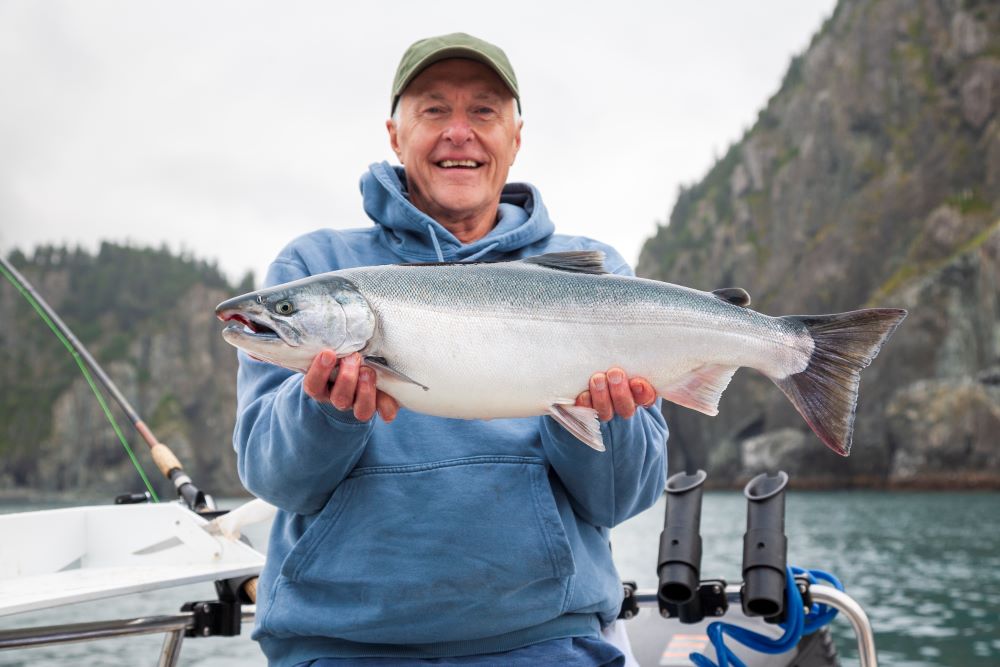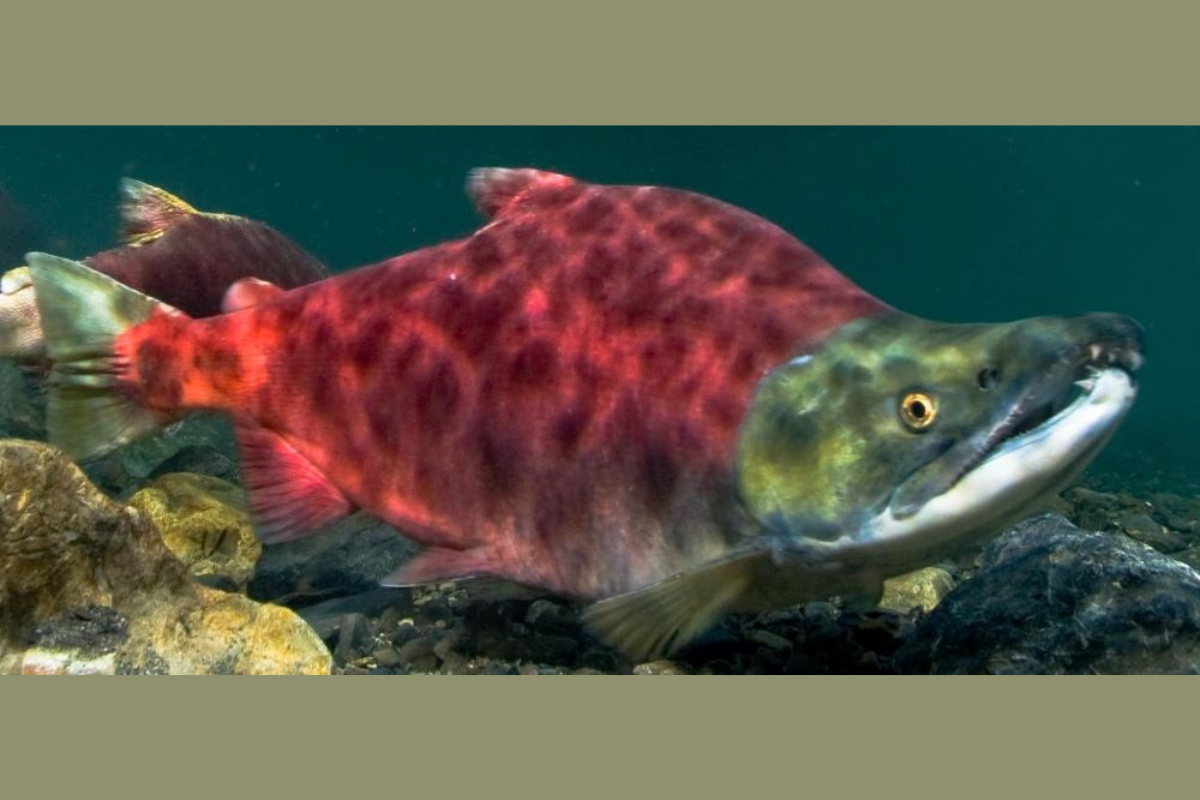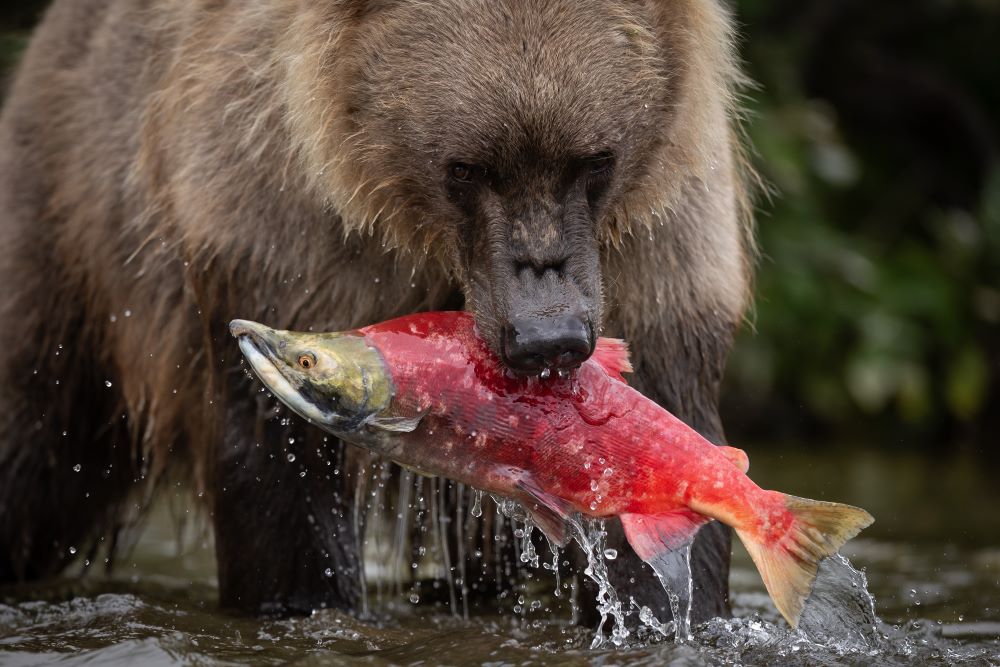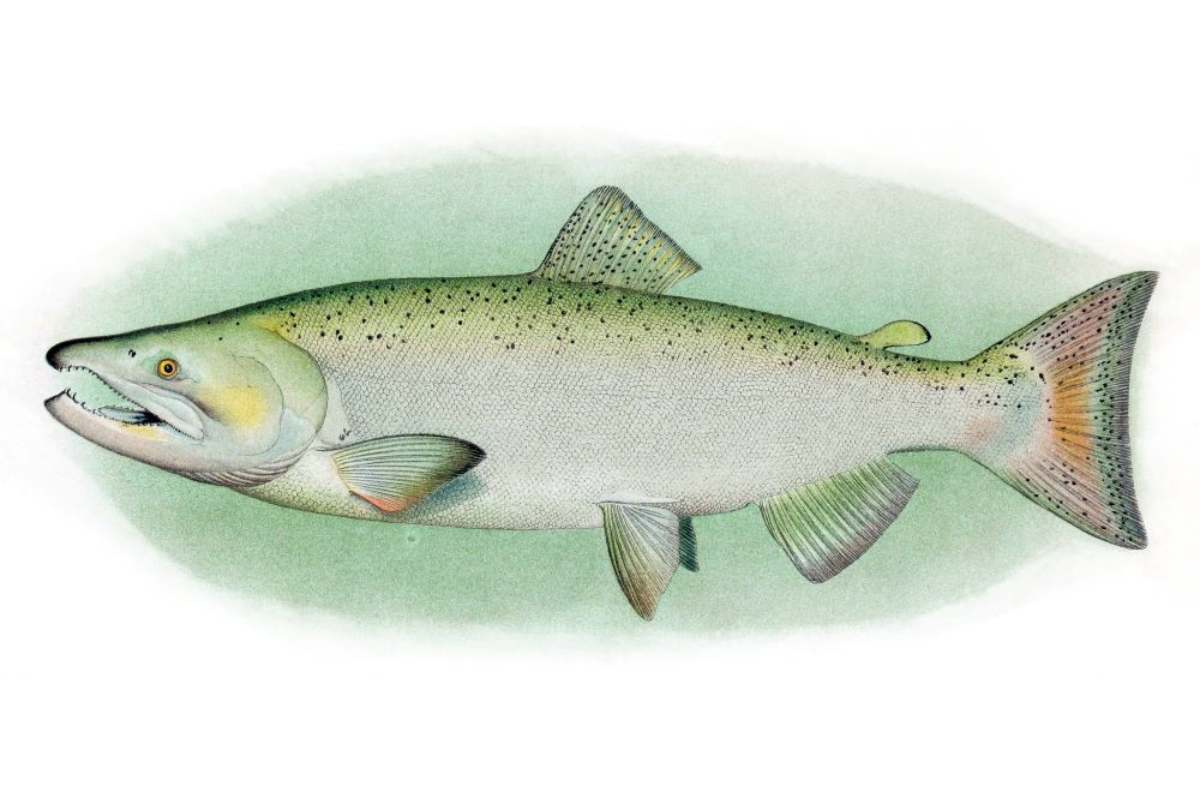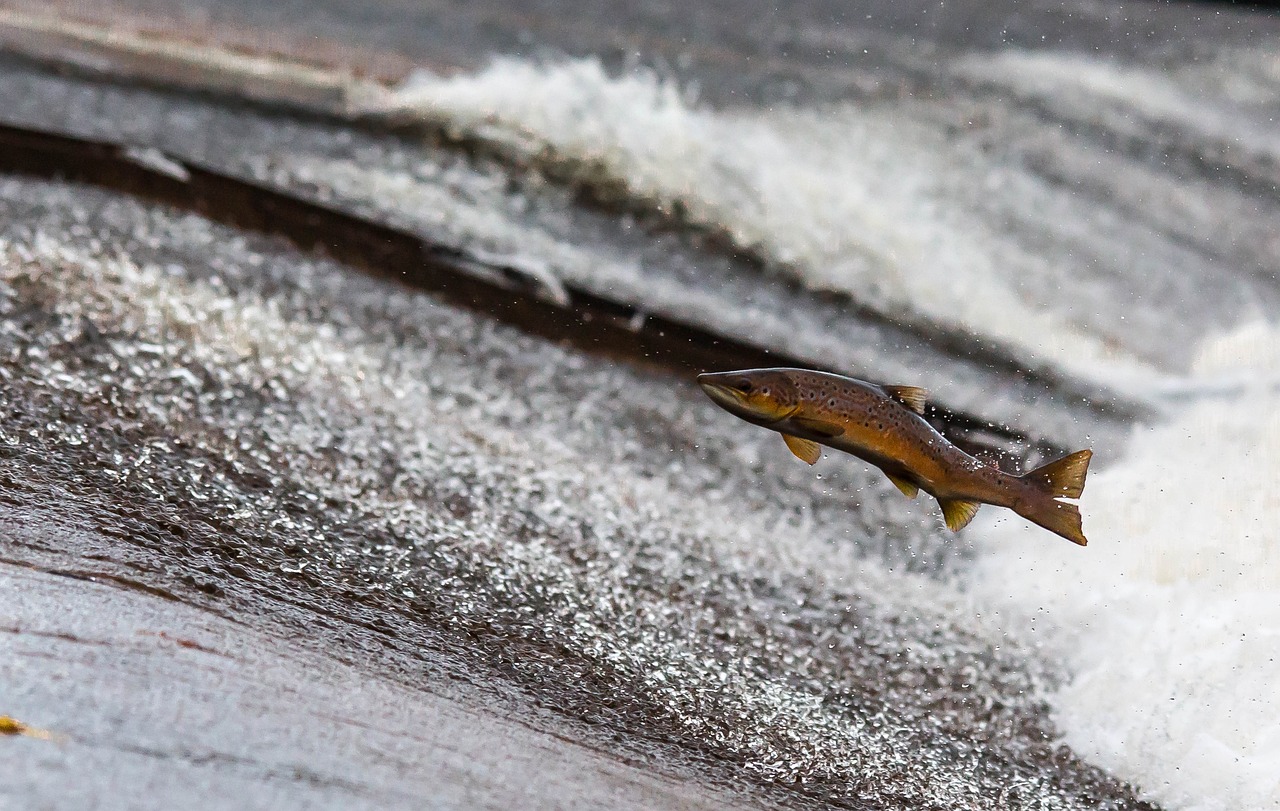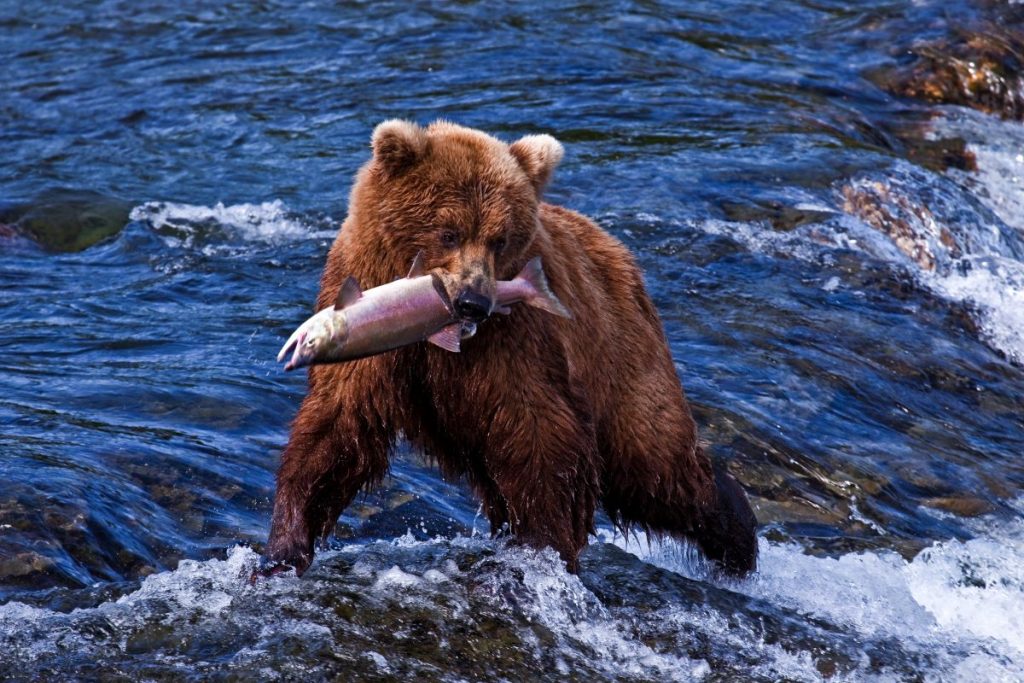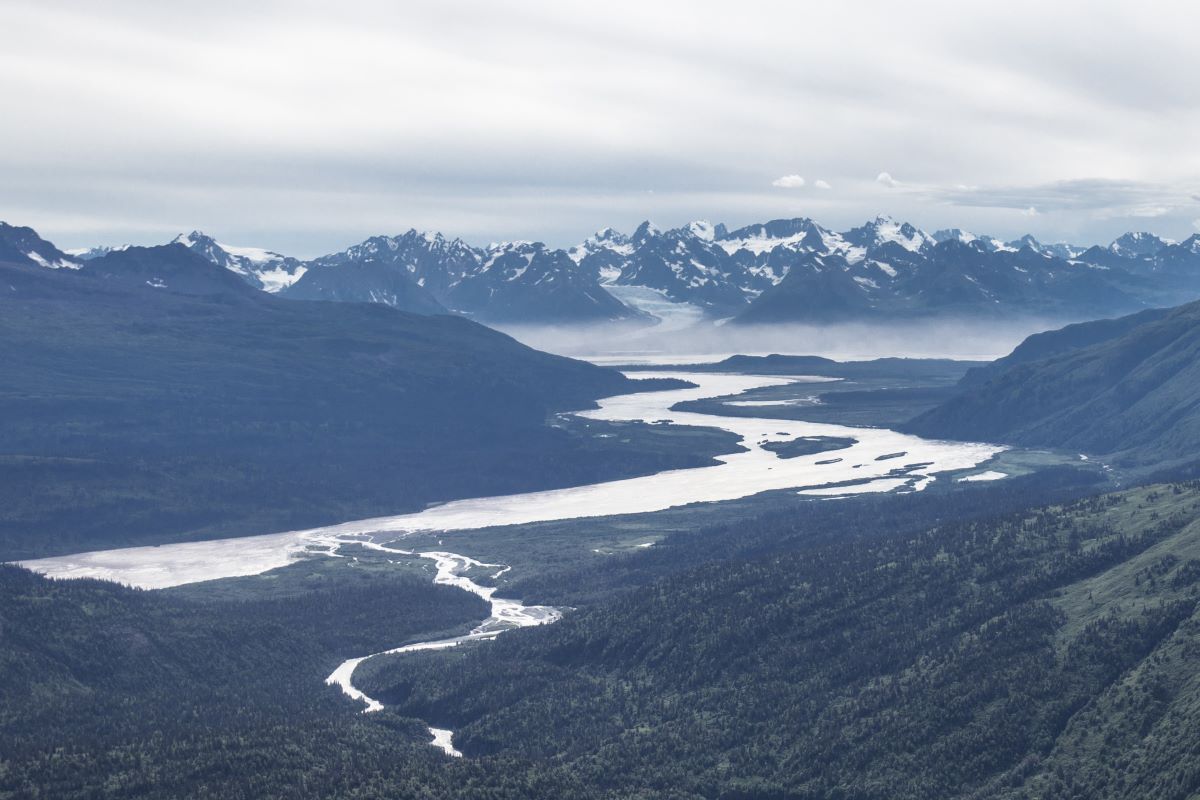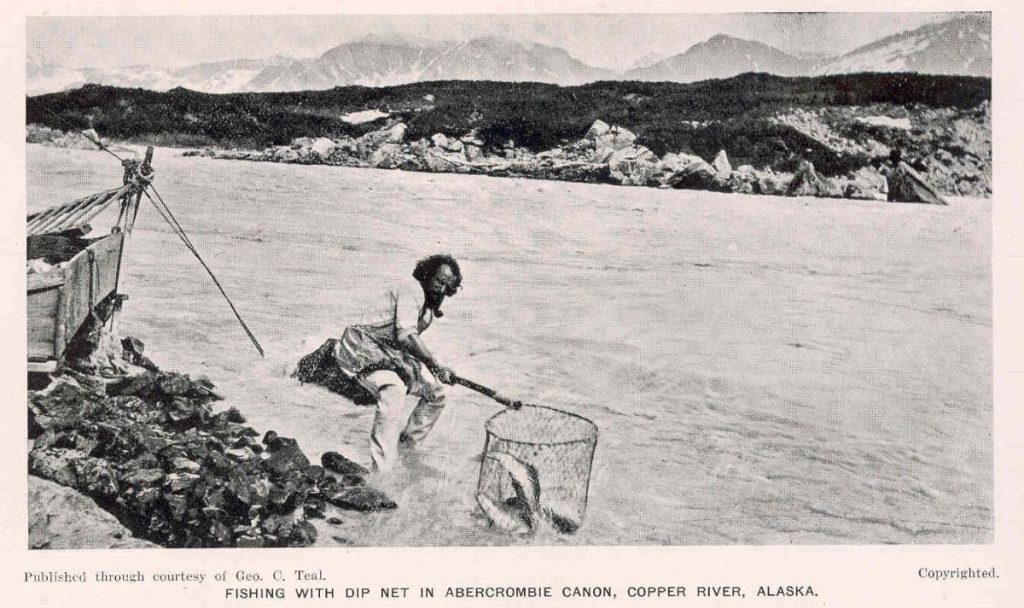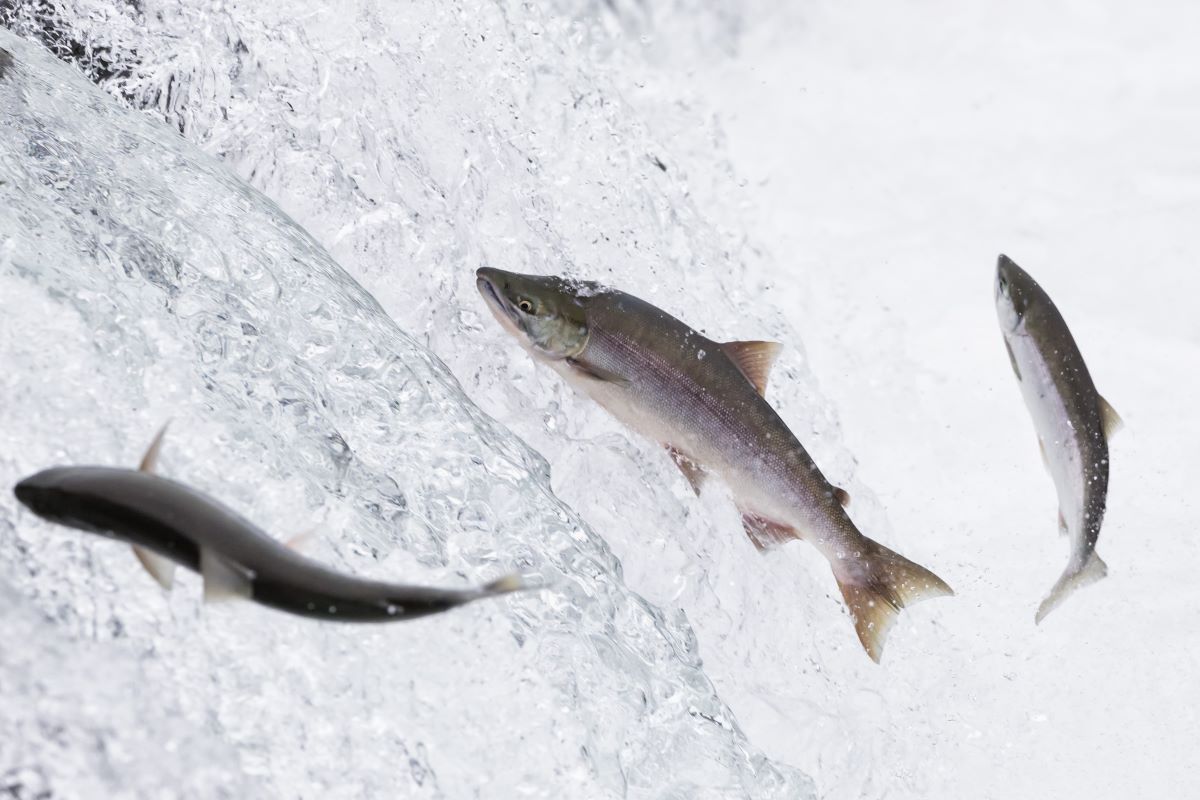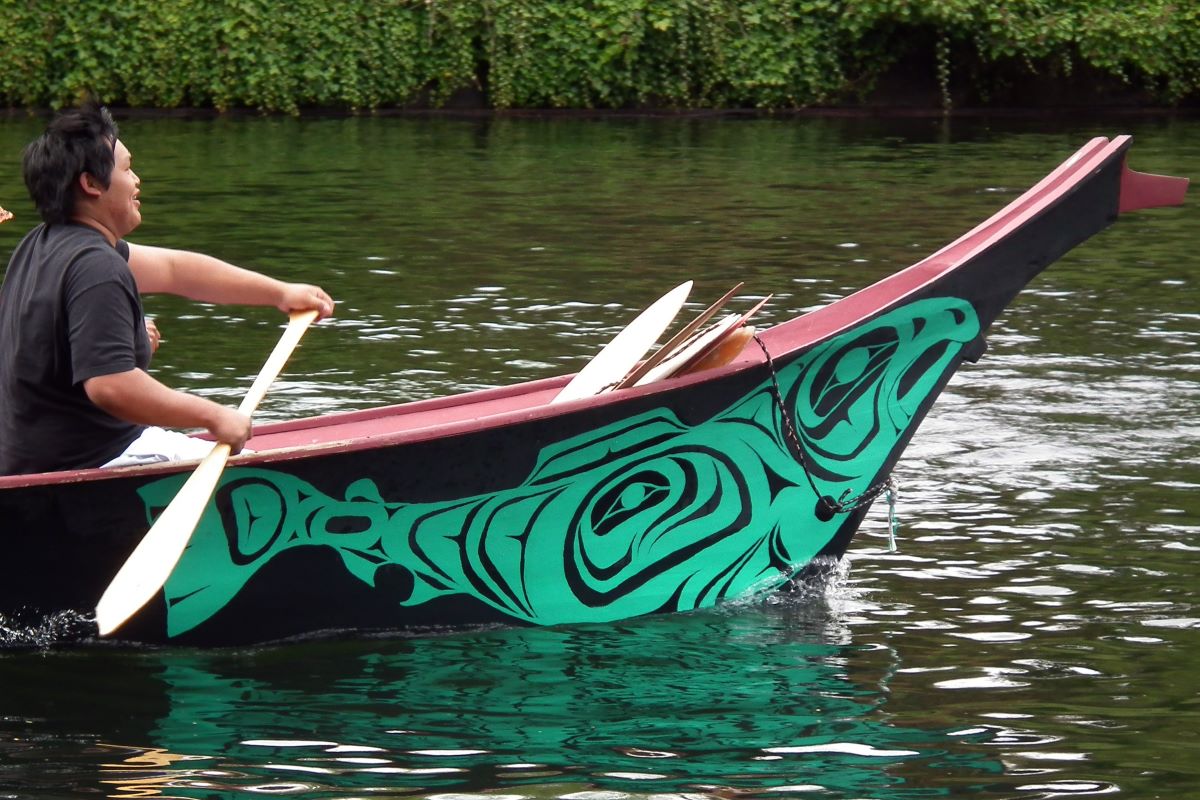
Copper River wild salmon is healthy, delicious, and incredibly versatile. Chefs worldwide prize the king (Chinook), Coho, and sockeye species that come from these icy river waters. Prepared in every fashion from a simple grill to an elaborate fusion delicacy, this salmon is the best of the best.
But long before it appeared on the plates of restaurant patrons, wild Alaskan salmon was a staple for the Indigenous peoples of the region. Today we’re going to look at how these magnificent fish have been shaping Alaskan Native culture for thousands of years.
Alaskan fisheries like the Copper River have always provided more than sustenance to the Native residents of the region. We’ve discussed the almost magical life cycle of salmon and how they return to their upriver birthplaces to spawn and perish.
Each salmon run offered an abundant food supply for humans and wildlife long before the onset of commercial fishing. Wildlife, including eagles and bears, brought their catch deep into the surrounding forests, where the remains nourished the soil. The bodies of salmon that died after spawning nourished the vast regions surrounding the Copper River Basin headwaters.
Indigenous cultures were deeply attuned to their ecosystem, understanding that salmon formed the cornerstone of life on the rivers. The life cycle of the fish came to represent abundance, renewal, fertility, and rebirth. The salmon became a symbol of the people’s connection with nature.
Myths and legends about salmon are common among Alaskan Tribes. They teach lessons about the interconnectedness of salmon and humans and the importance of respecting the fish, taking only what is needed, and maintaining a balance with the natural world. Salmon is also used in some traditional medicines.
Ceremonies and rituals mark the beginning of the salmon season in many tribes. Traditional sustainable fishing methods are passed from generation to generation as a way of protecting both sustenance and culture.
We see the importance of salmon in everything from stories to images of the fish woven into textiles and baskets, carvings, and masks. Alaska’s Indigenous peoples have a deep reverence for the fish that have provided sustenance and ecological stability to their lands for centuries. As commercial fishing, habitat destruction, and climate change have impacted even the most resilient of Alaska’s fisheries, Indigenous communities have become vocal advocates for their land, traditions, and culture.
Salmon is more than a delicious morsel on a restaurant plate. It is a deeply embedded part of Native American culture in Alaska. Learning more about these cultural traditions brings a deeper appreciation to your dining experience.
